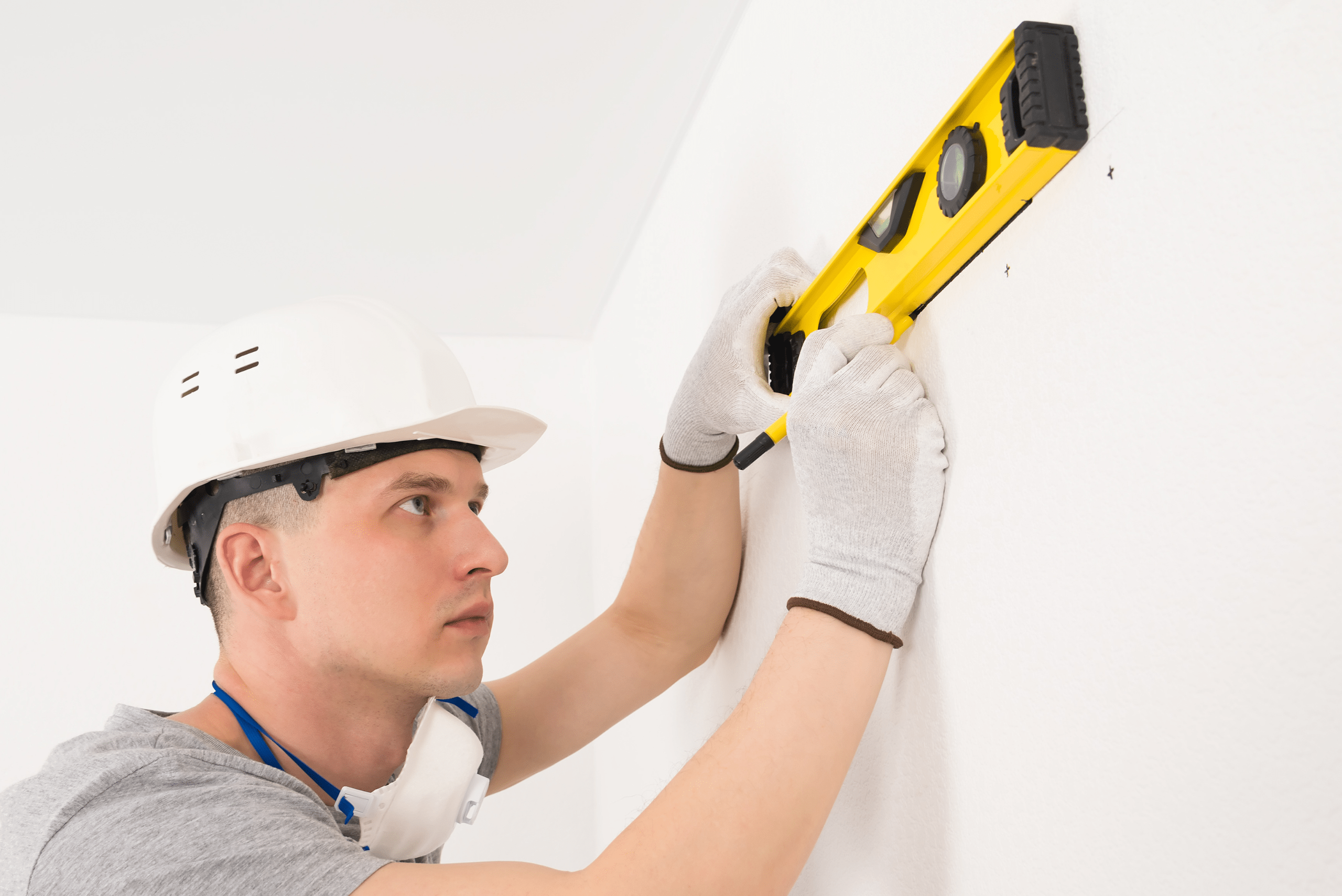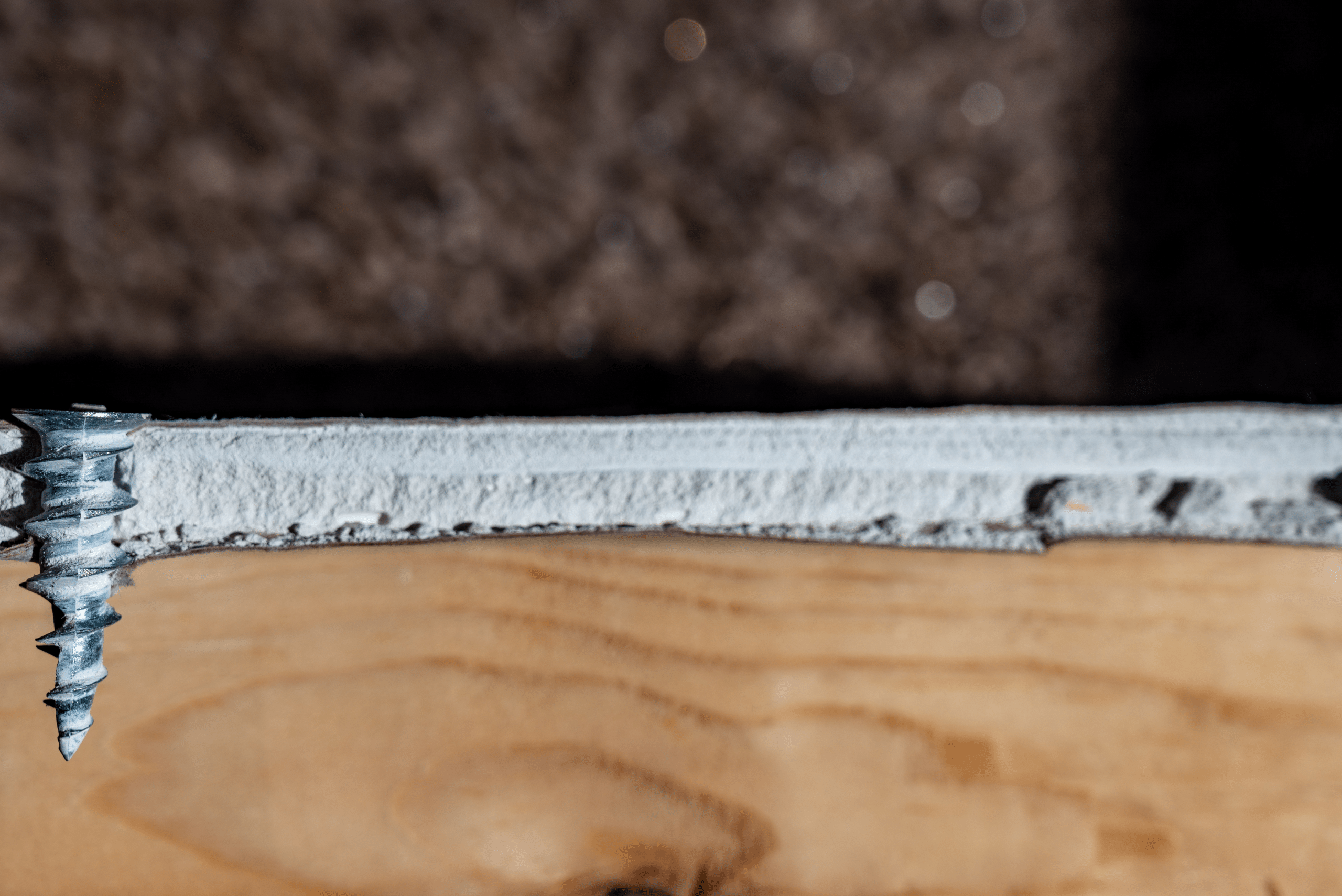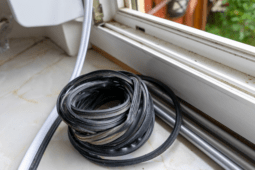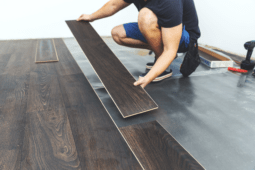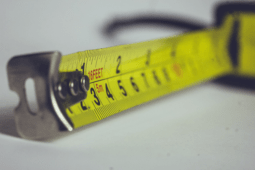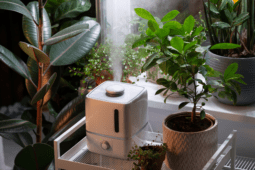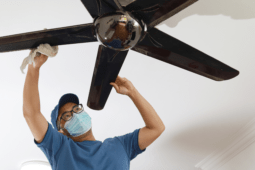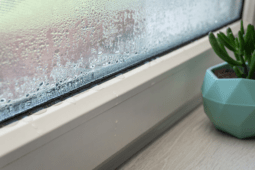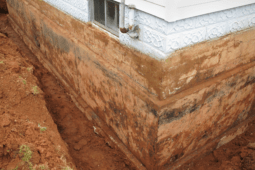Your Guide to Different Types of Drywall Anchors
When it comes to wall installations, using the appropriate drywall anchors is crucial for ensuring stability and preventing damage. Whether you’re hanging a shelf, mounting a TV, or installing decorative items, choosing the right type of drywall anchor is essential for a secure and long-lasting hold.
In this article, we will explore the various types of drywall anchors available in the market and provide insights into their uses, benefits, and considerations.
What are Drywall Anchors?
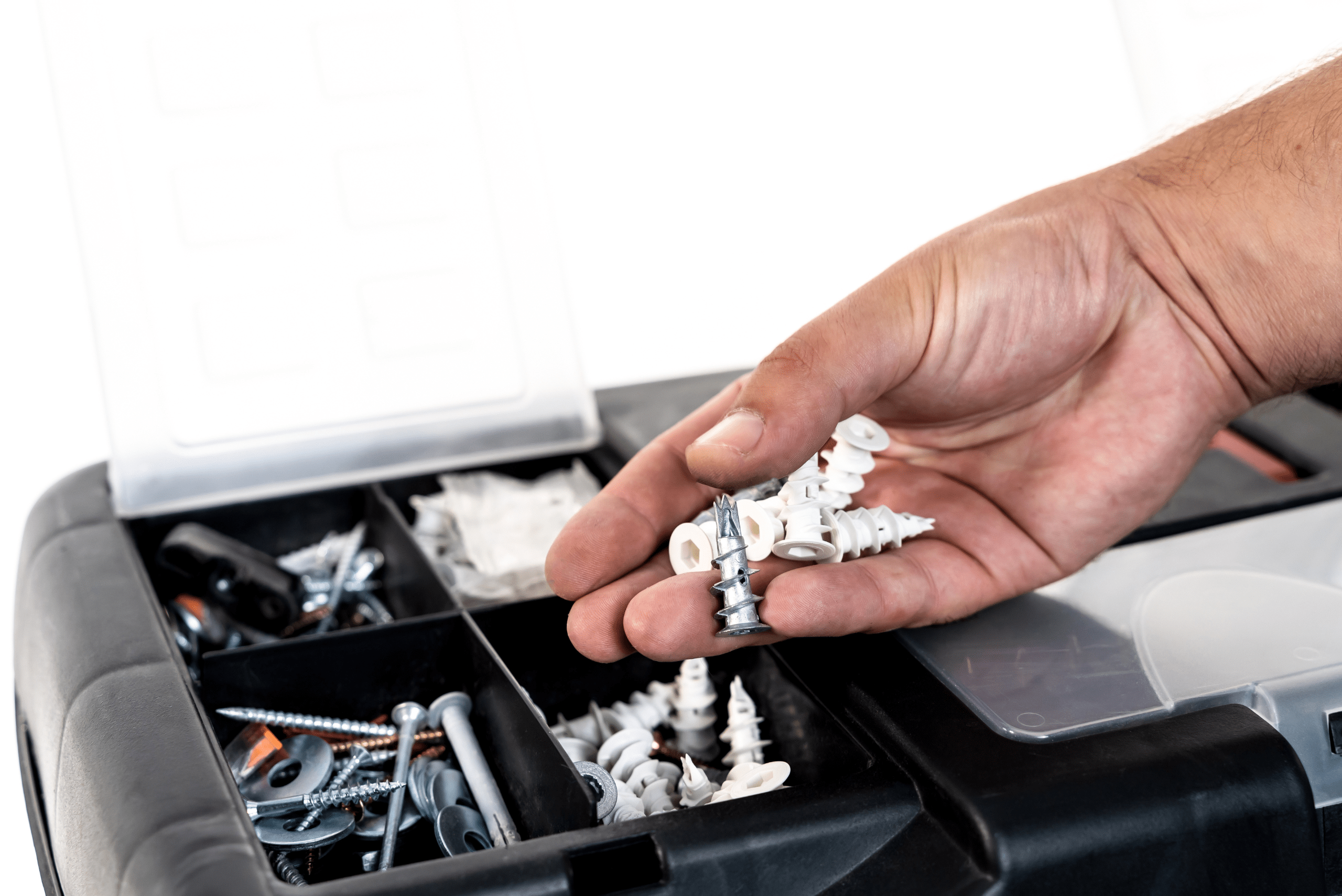
Drywall anchors are devices designed to provide support and stability when attaching objects to drywall. They are particularly useful in situations where the wall material cannot support the weight of the object being hung. By distributing the weight across a larger surface area, drywall anchors prevent damage to the wall and ensure a secure hold.
Why Do You Need Drywall Anchors?
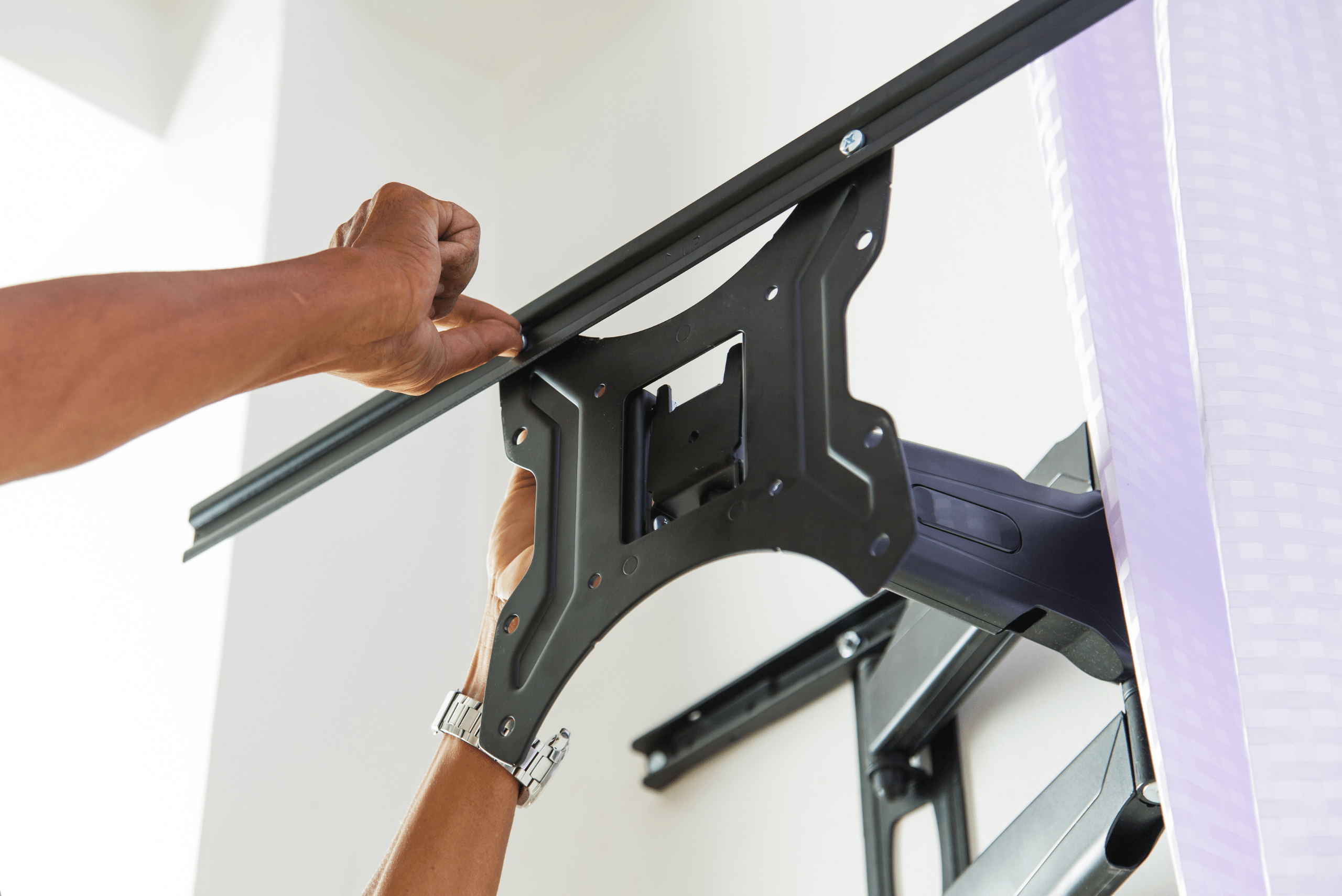
Using drywall anchors offers several advantages. They help prevent wall damage, such as cracks and holes, by evenly distributing the load. Additionally, they provide a strong anchor point for heavy objects, ensuring they remain securely attached to the wall. Drywall anchors also allow for easier installation by providing a stable base to work with.
Factors to Consider When Choosing Drywall Anchors: A Comprehensive Guide
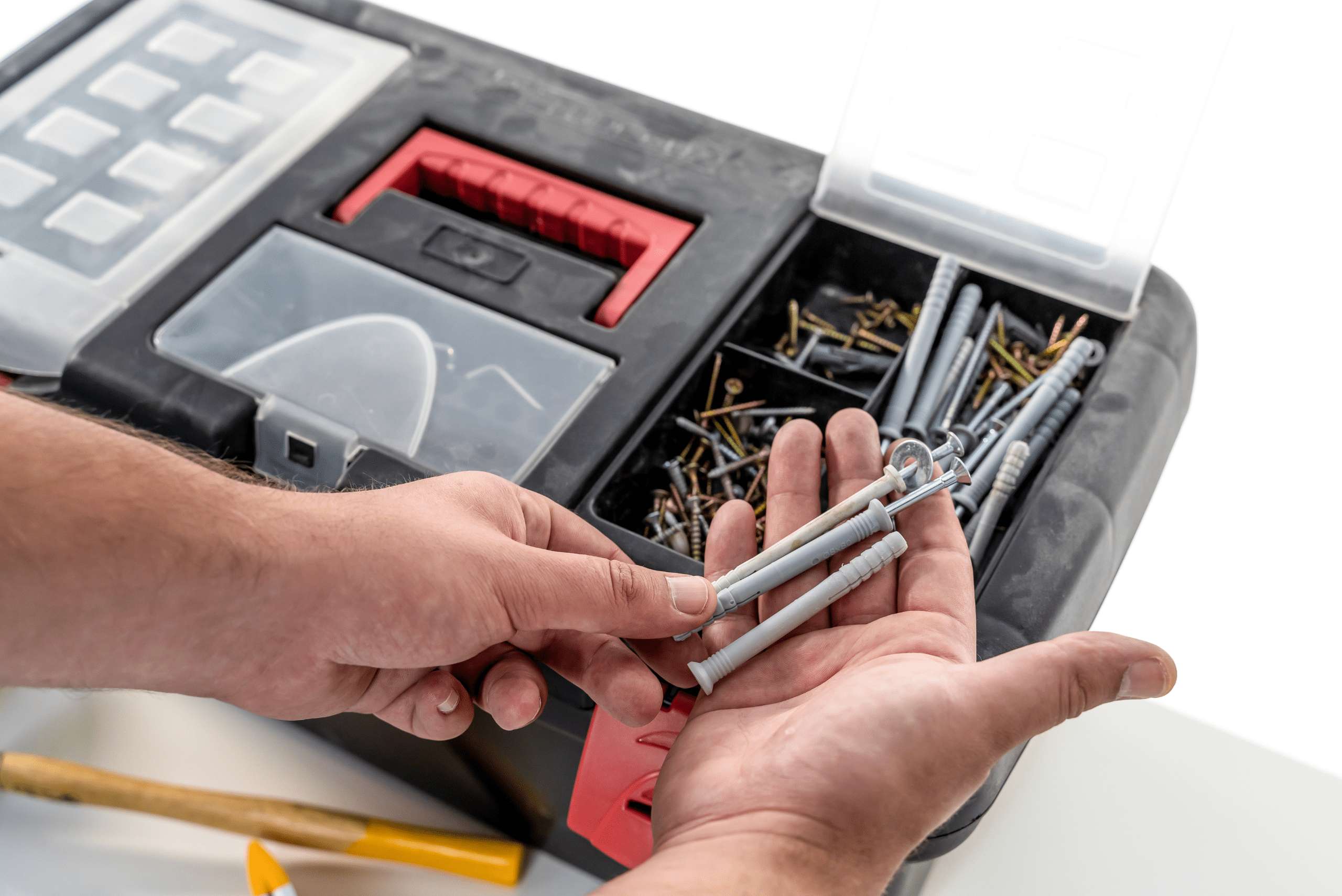
Choosing the right drywall anchor is essential for the stability and longevity of your wall-mounted objects. Before making a decision, take into account several crucial factors to ensure a secure and reliable installation:
- Weight Capacity:
- Evaluate Object Weight: Before anything else, assess the weight of the object you intend to hang on the wall. Different anchors are designed to support varying weight capacities, so matching the anchor’s capacity to the object’s weight is critical.
- Consider Future Additions: If you anticipate adding more items to the mounted object, account for this additional weight when selecting the drywall anchor. Opting for an anchor with a higher weight capacity can provide a margin of safety.
- Wall Material Compatibility:
- Know Your Wall Material: Identify the type of wall material you are working with, whether it’s standard drywall, plaster, concrete, or another composition. Different anchors are engineered for specific wall materials, and selecting the right one ensures optimal performance.
- Special Considerations: For walls with unique characteristics, such as being prone to crumbling or being exceptionally hard, choose anchors designed to address these challenges. Specialty anchors are available for various wall material scenarios.
- Anchor Type:
- Expansion Anchors: Ideal for heavy objects, expansion anchors expand against the drywall when the screw is tightened, creating a secure hold.
- Toggle Bolts: Suitable for medium to heavy items, toggle bolts feature a spring-loaded wing mechanism that opens up behind the drywall, providing robust support.
- Plastic Sleeve Anchors: Designed for medium-weight objects, plastic sleeve anchors create a snug fit within the drywall when the screw is inserted.
- Self-Drilling Anchors: Convenient for lighter items, these anchors have a self-drilling feature that eliminates the need for pre-drilling holes in the wall.
- Installation Method:
- Ease of Installation: Consider the level of expertise and tools required for the installation. Some anchors are user-friendly, allowing for quick and straightforward installation, while others may demand more precision and tools.
- Pre-Drilling Requirements: Check if the selected anchor requires pre-drilling. Some anchors are designed for a straightforward push-in installation, while others may need a pre-drilled hole.
- Environmental Factors:
- Moisture Resistance: If the wall-mounted object is likely to be exposed to moisture, such as in bathrooms or outdoor installations, opt for anchors that are corrosion-resistant or specifically designed for wet environments.
- Temperature Considerations: In extreme temperature conditions, select anchors that can withstand temperature variations without compromising their integrity.
- Installation Location:
- Ceiling vs. Wall: Consider whether you are mounting the object on the wall or ceiling. Ceiling installations may require anchors with specific designs, such as ceiling anchors or anchors with extra support features.
Different Types of Drywall Anchors
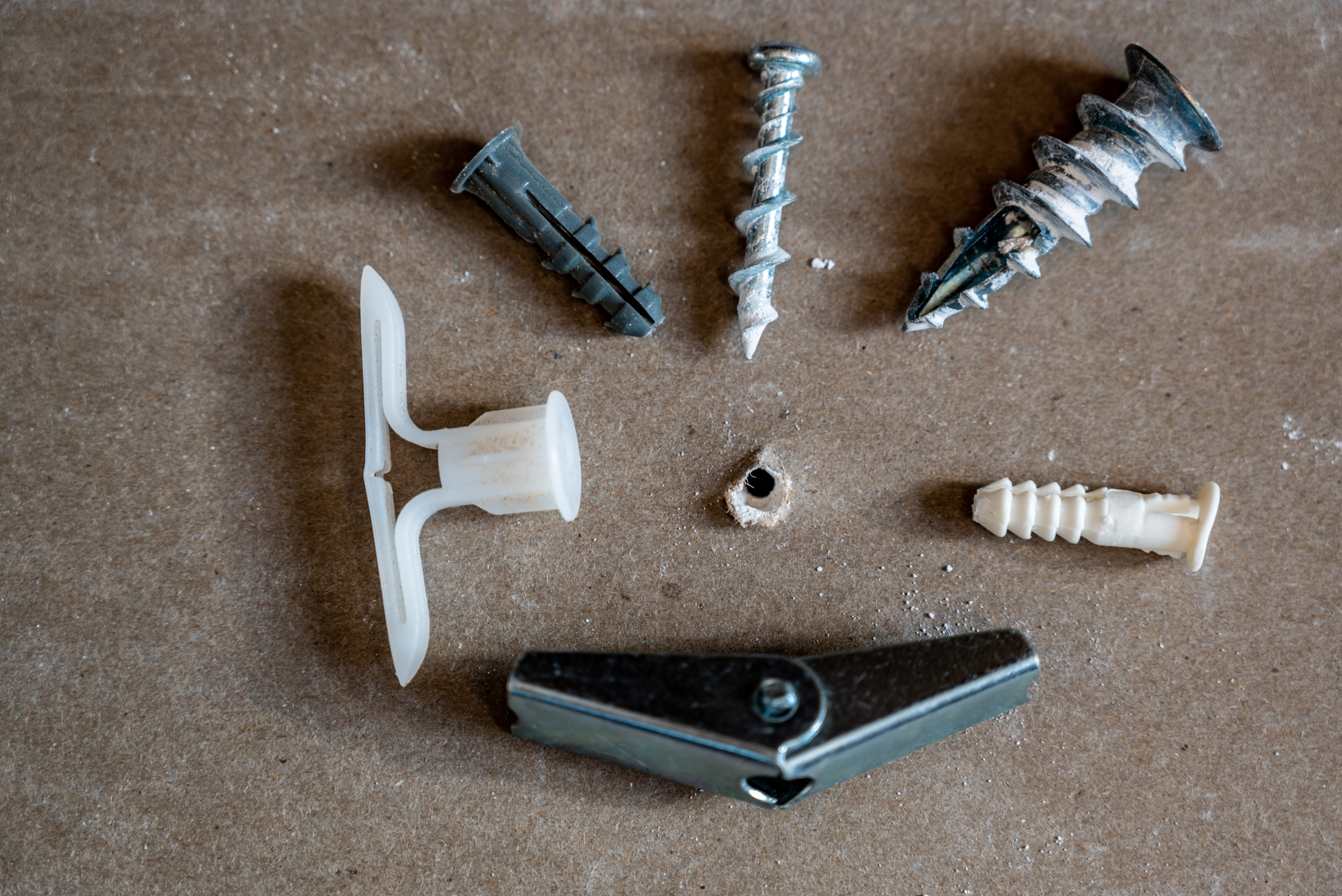
- Expansion Anchors:
Expansion anchors work by compressing against the inside of the wall cavity, creating a secure hold. They are ideal for heavier objects and provide excellent load-bearing capacity. Expansion anchors are commonly used for hanging shelves, mirrors, and cabinets. - Threaded Anchors:
Threaded anchors have screw-like threads that allow them to be screwed directly into the drywall. They are versatile and can support various objects, including towel racks, coat hooks, and small shelves. Threaded anchors are easy to install and provide a strong connection. - Toggle Bolts:
Toggle bolts consist of a bolt and a spring-loaded mechanism. When inserted into the wall, the mechanism expands, providing a solid anchor point. Toggle bolts are suitable for heavy items such as large mirrors, TV mounts, and heavy shelving units. - Plastic Anchors:
Plastic anchors are lightweight and easy to install. They are suitable for lighter objects such as picture frames, small mirrors, and lightweight decor. However, plastic anchors may not provide sufficient support for heavier items. - Winged Anchors:
Winged anchors feature two extending metal wings that fold flat during installation and expand behind the drywall, providing stability. They are commonly used for hanging curtain rods, blinds, and lightweight shelves. - Self-Drilling Anchors:
Self-drilling anchors have a drill-like tip, eliminating the need for pre-drilling. These anchors are convenient and suitable for smaller objects such as towel bars, toilet paper holders, and lightweight decor.

